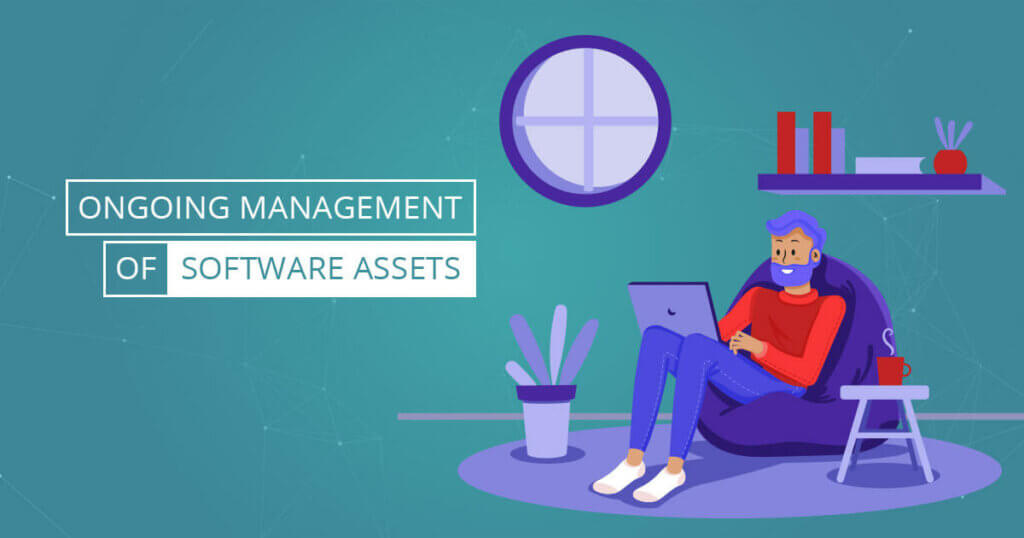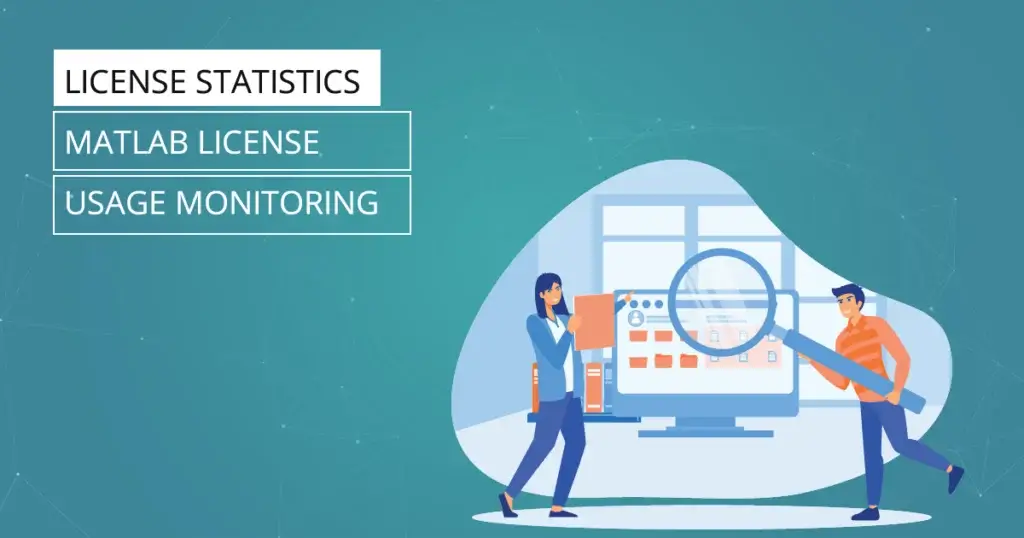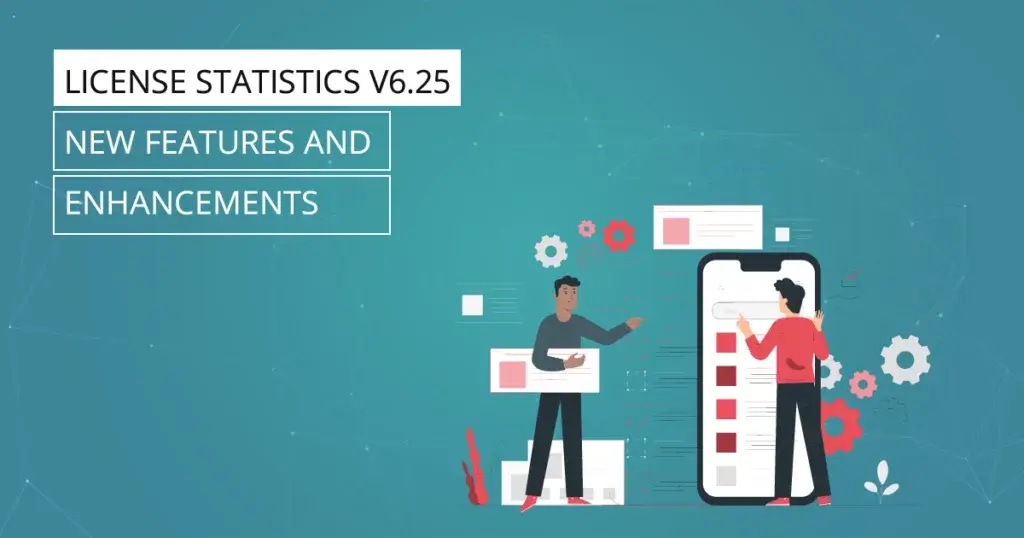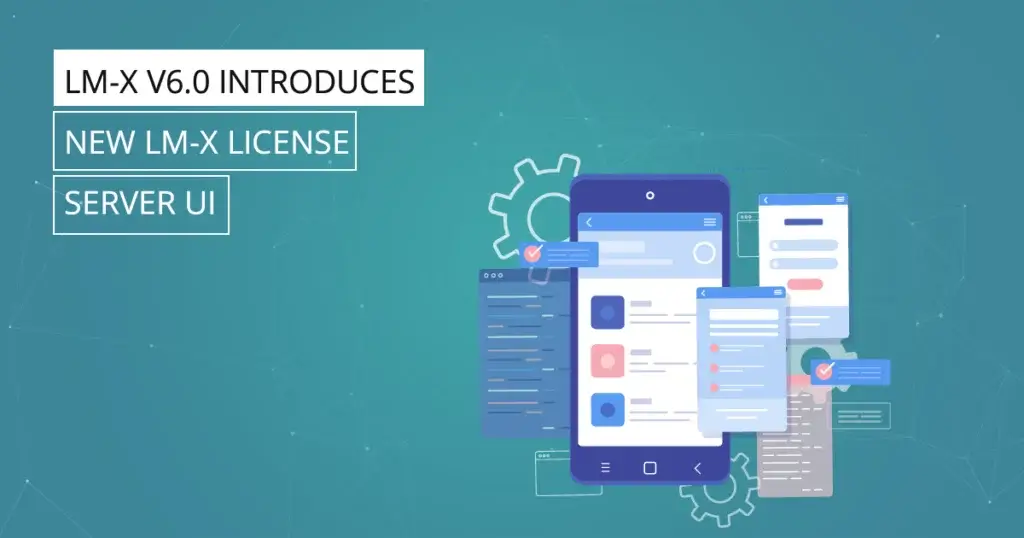In this final article addressing license management during the COVID-19 crisis, we summarize the ways you can use License Statistics to gain insight into license usage through regularly monitoring and managing license usage.
The COVID-19 pandemic continues to create difficulties for many companies as they keep business operations moving safely while adapting to new, remote ways of doing business. At X-Formation we’re proud to be able to help you maintain control of costs by better optimizing license usage.
Previous articles in this series:
- Part 1: Managing Software Assets During the COVID-19 Crisis
- Part 2: Managing Licenses During the COVID-19 Crisis with License Statistics
- Part 3: Managing Borrowed Licenses During the COVID-19 Crisis with License Statistics
Managing Software Assets
Just as we were here to help your organization through the financial crisis of 2007 to 2009, we continue to work on your behalf through the COVID-19 pandemic. The key to managing software assets now is to watch borrowed license use as workers continue to work from home long-term, and as some return to the office itself.
The nature of work may have changed forever, but the ability to manage and optimize your software assets hasn’t. The tools you have at your disposal in License Statistics are exactly what you need to manage costs and keep your staff working.
Managing Licenses Overall
Settling into this “new normal” has created its share of challenges. Here’s a summary of the tips we provided in “Part 2: Managing Licenses During the COVID-19 Crisis with License Statistics”:
- In License Statistics, all current and real-time reports give you immediate insight into license utilization. The reports most useful for tracking purposes are:
- Current Users and Usage Per User reports.
- Current Utilization report.
- Currently Borrowed Licenses report.
- Current Usage by Time Range report.
- Current Usage on Multiple Hosts report.
- Current Feature Usage report.
- Use the information License Statistics provides to predict future license needs based on historical reports showing real license consumption.
- Usage History Comparison report.
- Feature Usage history report.
- User History report.
- Utilization History report.
- User Usage History report.
- The Feature Reservations History report can provide information about unconsumed reservations that could easily be used by other people. Use it in combination with the User Denials report for the same feature and time frame to get complete details.
- You can use the Expiring Features report to see an overview of when features are expiring. This allows you to plan for (or even delay) future payments for the licenses until the expiration date gets closer.
Managing Borrowed Licenses
License Statistics administrators may find that adjustments to license behavior — such as the expiration time for borrowed licenses — will be necessary to ensure uninterrupted software use. Here are some easy ways to monitor borrowed license usage to ensure availability:
- The Currently Borrowed Licenses report shows you the borrowed licenses for all features on one or all license servers. You can also drill into borrowed licenses on a specific license server. The report details the number of borrowed licenses used, checkout and borrow expiration times, and the user / host for each borrowed license by feature on the selected server (or servers).
- There may be rare cases in which too many licenses have been borrowed by the same user on multiple hosts. You can immediately see where this is happening on the Current Usage on Multiple Hosts report, and in the Usage Per User report.
- The Current User Usage grid includes information about a user or user group’s license usage, including expiration times for borrowed licenses, the license server, vendor, feature information, and host licenses where checked out from, the number of licenses used (which may be more than 1 in cases such as token licenses), the time the license(s) were checked out and the amount of time the license was used.
- The User Usage History grid includes information about a user or user group’s historic license usage, including the license server, feature information, the host that licenses were checked out from, the maximum number of licenses borrowed (used), and the number of hours licenses were used.
- Another way to look at borrowed license usage is by feature. The Current Feature Usage report page shows the usage statistics for a selected feature. In a glance you can see a summary of feature usage information, including a current count of licenses used, borrowed and reserved; the total licenses available; and the feature’s expiration date and utilization percentage.
Stay Calm and Manage Your Licenses
We trust this information has helped you get better insights into your software assets and license usage. License Statistics enables you to maintain control of your business and continuously scale licenses up or down as your workforce changes.
The X-Formation staff reminds you they’re here for you whenever you need assistance. You can count on us. In the meantime, continue life’s best practices: Stay home, practice social distancing and cut down on your unnecessary licenses.



